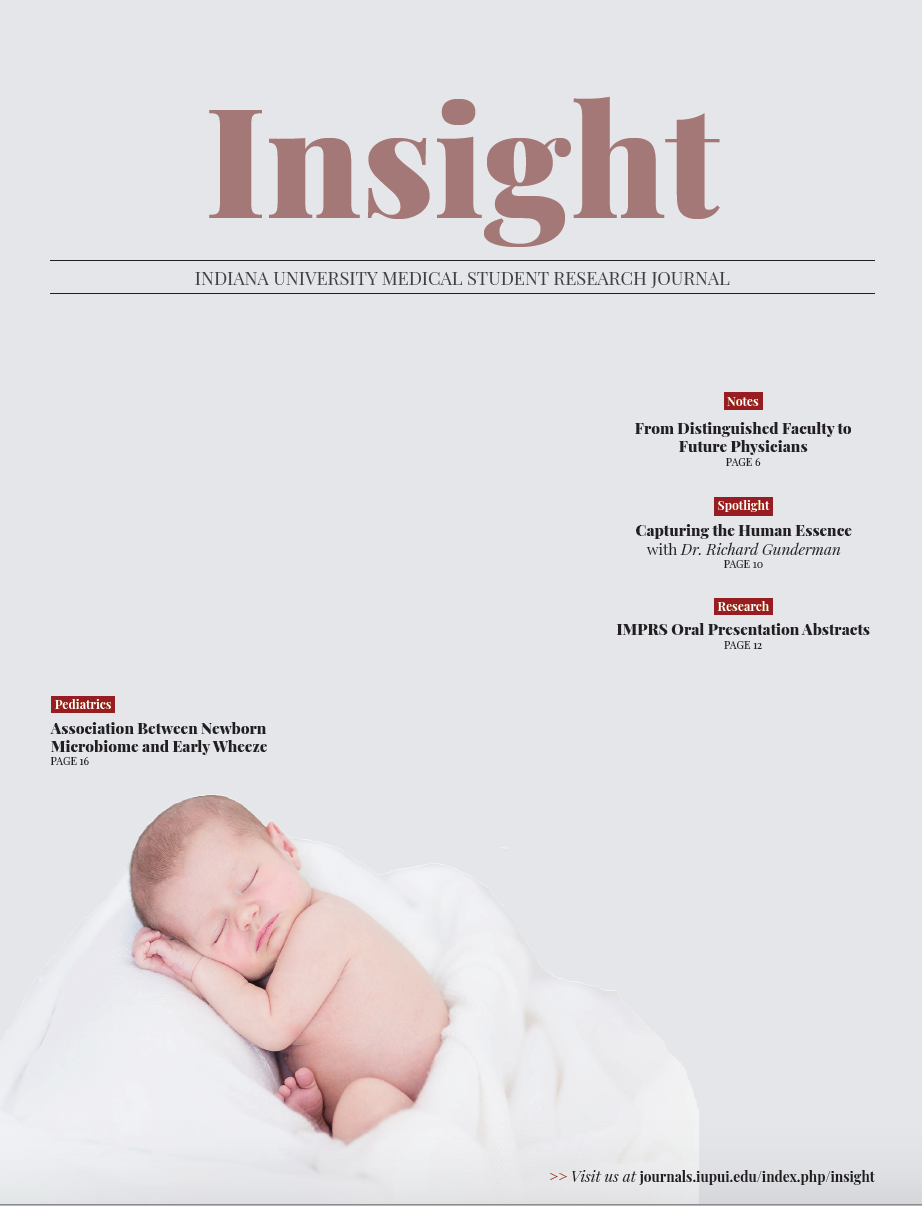Basophils as Mediators in Atopic Dermatitis
Abstract
Background and Hypothesis: Atopic dermatitis (AD) is an inflammatory skin disease characterized by itching and secondary infections. Basophils accumulate in skin lesions of patients with AD but the role of these cells in disease is not defined. The Bas-TRECK transgene confers basophil-specific expression of human diphtheria toxin (DT) receptor, allowing for DT-mediated basophil depletion. We hypothesized basophil depletion would improve clinical and molecular markers of AD-like disease in Stat6VT mice co-expressing the Bas-TRECK transgene.
Experimental Design or Project Methods: Stat6VT x Bas-TRECK mice were used to model AD and assess the effects of basophil depletion alongside cohorts of WT, Bas-TRECK, and Stat6VT mice. Mice were treated via intraperitoneal injection with DT (50gμ/kg) for 11 days. Severity of the AD-like phenotype was determined throughout the treatment course. Skin specimens and spleens were collected to evaluate basophil depletion (via flow cytometry) and the impact of basophil depletion on II4, II13 and Ifng transcripts in AD-like lesions using quantitative PCR.
Results: Basophil depletion from Stat6VT x Bas-TRECK mice was associated with reduced clinical scores and molecular (i.e. II4, II13 and Ifng transcripts) markers of the AD-like phenotype.
Conclusion and Potential Impact: The reduced clinical severity of disease and cytokine transcript levels seen following depletion of basophils in Stat6VT x Bas-TRECK mice suggest that basophils are important for the AD-like phenotype in Stat6VT mice. Although much additional investigation is needed, this preliminary data indicates that basophils could be a therapeutic target for AD.
Downloads
Published
Issue
Section
License
Copyright to works published in Insight is retained by the author(s).

